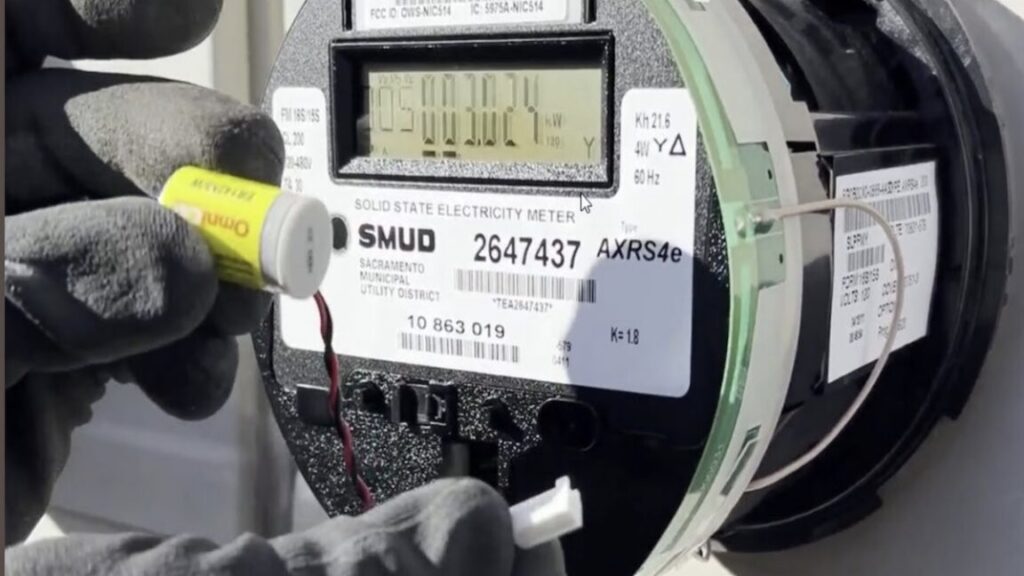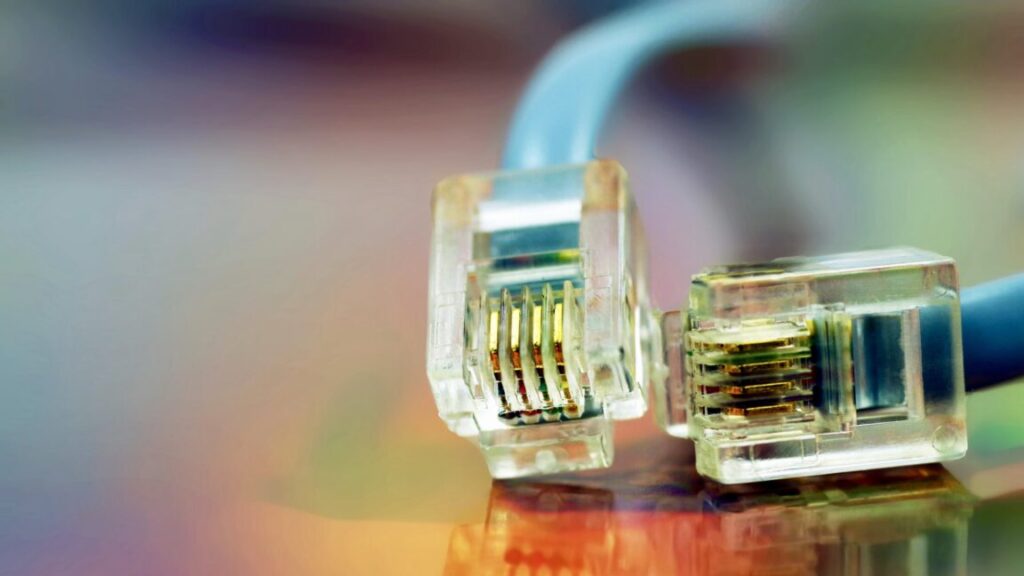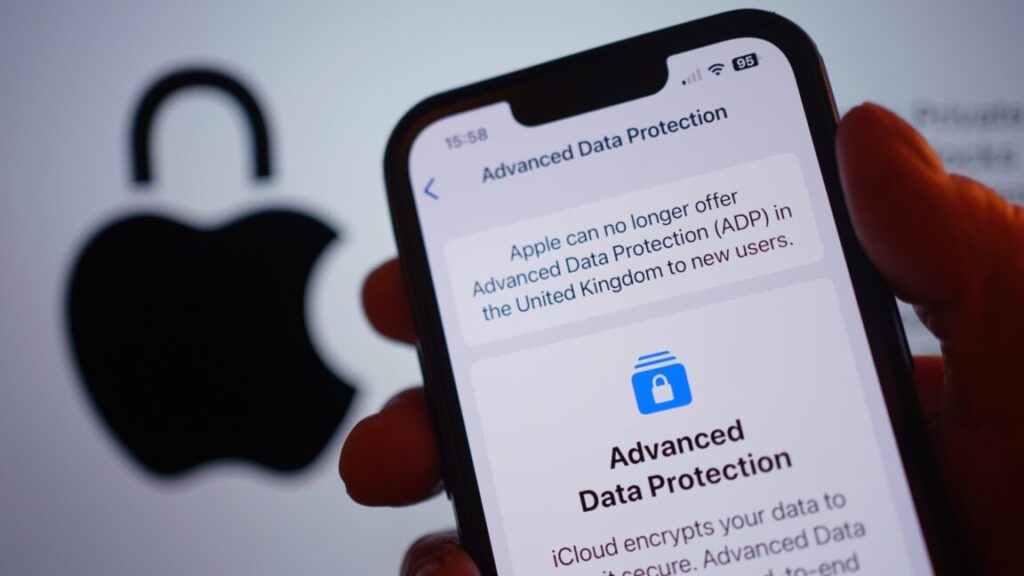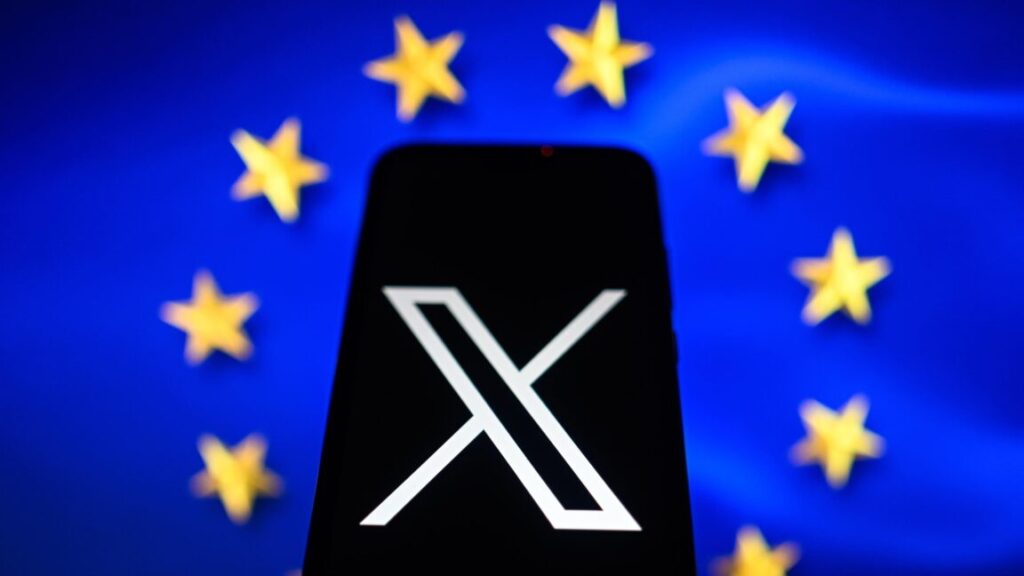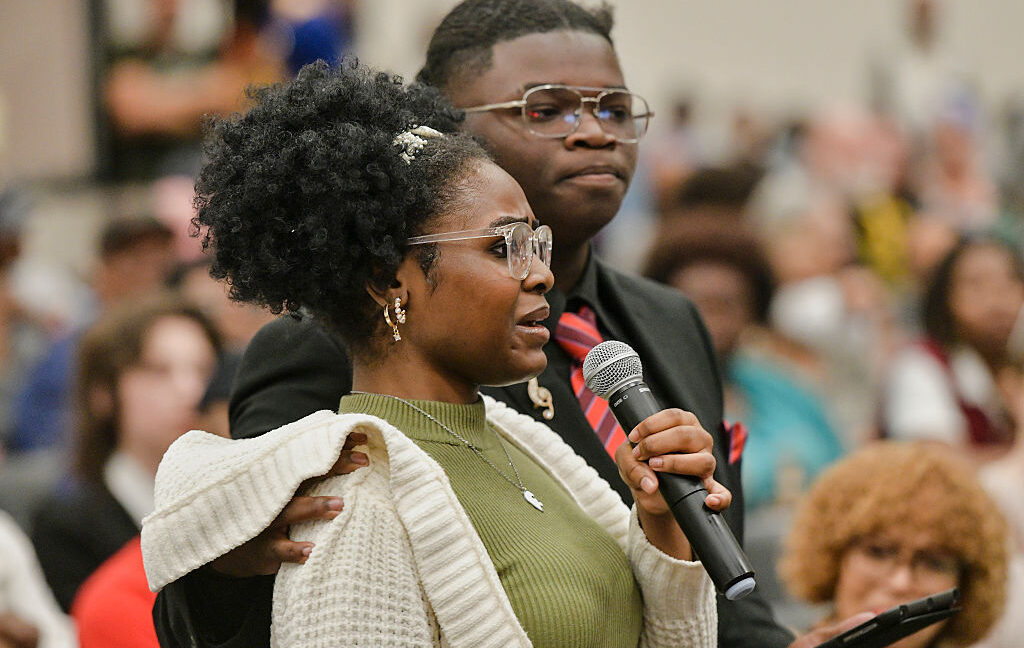Conduct rules are coming for Google and Apple in the UK
“The targeted and proportionate actions we have set out today would enable UK app developers to remain at the forefront of global innovation while ensuring UK consumers receive a world-class experience,” Cardell said. “Time is of the essence: as competition agencies and courts globally take action in these markets, it’s essential the UK doesn’t fall behind.”
Google and Apple oppose the outlined changes, arguing they could threaten user security and delay the launch of new products and services in the UK.
“We’re concerned the rules the UK is now considering would undermine the privacy and security protections that our users have come to expect, hamper our ability to innovate, and force us to give away our technology for free to foreign competitors,” Apple said. “We will continue to engage with the regulator to make sure they fully understand these risks.”
Oliver Bethell, Google’s senior director for competition, said the CMA’s move was “both disappointing and unwarranted” and that it was “crucial that any new regulation is evidence-based, proportionate, and does not become a roadblock to growth in the UK.”
Apple has repeatedly clashed with Brussels over the implementation of the EU’s Digital Markets Act, making changes to its platform after the European Commission accused the iPhone maker of failing to comply with its “online gatekeeper” rules.
The DMA also requires Apple to open up iOS features and data to its rivals and has demanded changes to its App Store, such as allowing users to install apps from outside its store.
The CMA said it was taking a different approach to the EU by being more “tailored” and iterative than the DMA’s blanket rules.
Last month, Google’s search services were the first Big Tech product to be targeted under the UK’s Digital Markets, Competition and Consumers Act, which was passed last year.
If a company’s products or services are designated as having “strategic market status,” it can last for a five-year period. Companies can be fined up to 10 percent of global turnover for breaching conduct rules.
© 2025 The Financial Times Ltd. All rights reserved. Not to be redistributed, copied, or modified in any way.
Conduct rules are coming for Google and Apple in the UK Read More »



